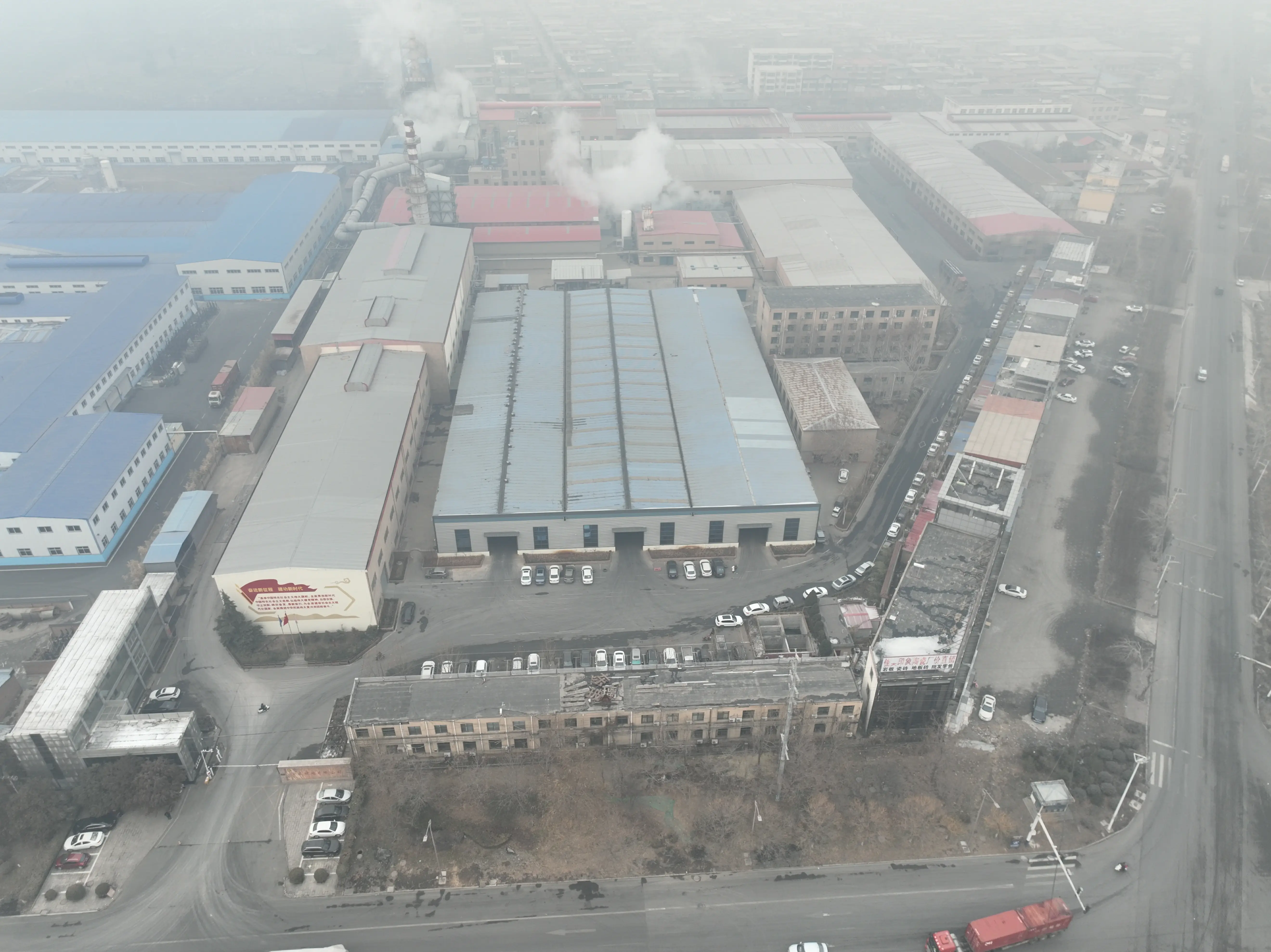

The Significance and Applications of Low-E3 Glass
Low-E3 glass, or Low-Emissivity 3 glass, has emerged as a revolutionary material in the field of energy-efficient building design. Its properties and benefits have made it a popular choice among architects, builders, and homeowners seeking to enhance the thermal performance of their buildings while maintaining aesthetic appeal.
Understanding Low-E3 Glass
Low-E3 glass features a microscopically thin layer of metallic oxide that is applied to one side of the glass pane. This coating effectively reflects infrared energy, which is responsible for heat transfer, while still allowing visible light to penetrate. The term Low-E indicates its ability to minimize the amount of radiant heat emitted by the glass, thus enhancing its insulating properties.
The 3 in Low-E3 denotes the specific characteristics of this type of glass compared to its predecessors and alternatives. It provides improved performance in terms of solar heat gain, making it particularly advantageous in climates that experience extreme weather conditions, both hot and cold. With advancements in production techniques, Low-E3 glass has become increasingly efficient, allowing more natural light into buildings while minimizing energy loss.
Benefits of Low-E3 Glass
1. Energy Efficiency One of the most significant advantages of Low-E3 glass is its ability to reduce the need for heating and cooling in buildings. By blocking a substantial amount of infrared radiation, it helps maintain a stable indoor temperature, which in turn translates into lower energy bills. According to various studies, buildings fitted with Low-E3 glass can save up to 30% on energy consumption.
2. UV Protection Low-E3 glass not only regulates heat but also protects interiors from harmful ultraviolet (UV) radiation. This is crucial for preserving furnishings, artworks, and other materials susceptible to fading and degradation due to prolonged sun exposure.

3. Enhanced Comfort The thermal performance of Low-E3 glass contributes to overall comfort within interior spaces. By lessening the temperature fluctuations caused by external weather conditions, it alleviates drafts and cold spots, creating a more pleasant environment for occupants.
4. Sustainability In today's eco-conscious world, sustainability is a key consideration in construction and renovation projects. Low-E3 glass supports green building practices by reducing energy consumption and greenhouse gas emissions associated with heating and cooling buildings. By investing in energy-efficient materials like Low-E3 glass, builders are contributing to a more sustainable future.
5. Aesthetic Flexibility Low-E3 glass is not only functional but also versatile in design. Available in various thicknesses and styles, it can be utilized in windows, doors, and facades, providing architects and designers with the flexibility to create visually appealing structures without compromising on energy efficiency.
Applications of Low-E3 Glass
Low-E3 glass is suitable for a multitude of applications across different building types. In residential settings, it can be used for windows and sliding doors, enhancing the comfort of homes and reducing heating costs. In commercial buildings, it provides an opportunity for extensive glass facades, allowing for natural light to penetrate deep into interiors while maintaining energy efficiency.
Moreover, Low-E3 glass can be integrated into innovative building techniques, such as curtain walls and skylights, where aesthetics and performance are essential. It is also particularly valuable in high-rise buildings, where the challenges of heat gain and loss are magnified. By utilizing Low-E3 glass, architects can create striking, energy-efficient designs that stand out in urban landscapes.
Conclusion
Low-E3 glass represents a significant advancement in building materials, combining energy efficiency, aesthetic appeal, and sustainability. As the demand for environmentally friendly construction practices continues to grow, Low-E3 glass stands out as a viable solution for reducing energy consumption and enhancing occupant comfort. Its versatility in design and application makes it an ideal choice for both residential and commercial projects. By embracing Low-E3 glass, the construction industry is taking an important step towards a more sustainable and energy-efficient future.